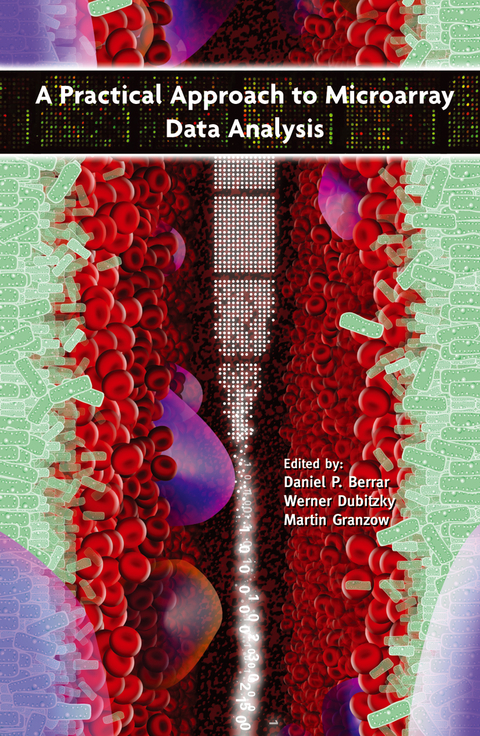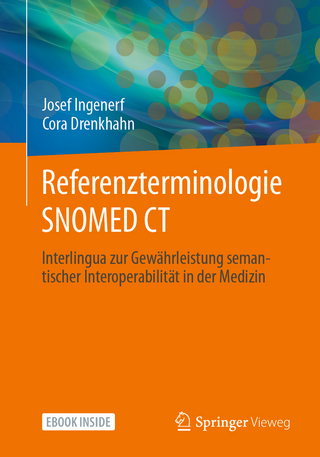
A Practical Approach to Microarray Data Analysis
Springer-Verlag New York Inc.
978-1-4757-7809-0 (ISBN)
to Microarray Data Analysis.- Data Pre-Processing Issues in Microarray Analysis.- Missing Value Estimation.- Normalization.- Singular Value Decomposition and Principal Component Analysis.- Feature Selection in Microarray Analysis.- to Classification in Microarray Experiments.- Bayesian Network Classifiers for Gene Expression Analysis.- Classifying Microarray Data Using Support Vector Machines.- Weighted Flexible Compound Covariate Method for Classifying Microarray Data.- Classification of Expression Patterns Using Artificial Neural Networks.- Gene Selection and Sample Classification Using a Genetic Algorithm and k-Nearest Neighbor Method.- Clustering Genomic Expression Data: Design and Evaluation Principles.- Clustering or Automatic Class Discovery: Hierarchical Methods.- Discovering Genomic Expression Patterns with Self-Organizing Neural Networks.- Clustering or Automatic Class Discovery: Non-Hierarchical, non-SOM.- Correlation and Association Analysis.- Global Functional Profiling of Gene Expression Data.- Microarray Software Review.- Microarray Analysis as a Process.
| Zusatzinfo | XVI, 368 p. |
|---|---|
| Verlagsort | New York, NY |
| Sprache | englisch |
| Maße | 155 x 235 mm |
| Themenwelt | Informatik ► Theorie / Studium ► Algorithmen |
| Informatik ► Theorie / Studium ► Künstliche Intelligenz / Robotik | |
| Naturwissenschaften ► Biologie ► Biochemie | |
| Naturwissenschaften ► Biologie ► Evolution | |
| ISBN-10 | 1-4757-7809-0 / 1475778090 |
| ISBN-13 | 978-1-4757-7809-0 / 9781475778090 |
| Zustand | Neuware |
| Haben Sie eine Frage zum Produkt? |
aus dem Bereich


